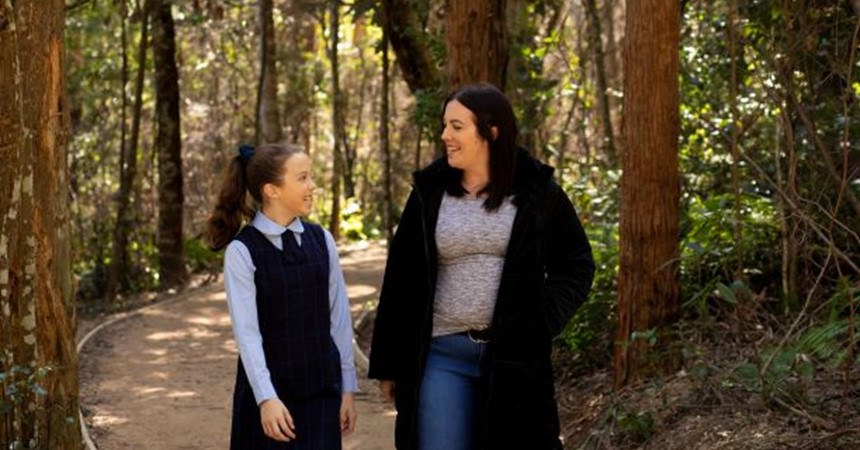This is an even more attractive prospect with the arrival of spring. The days are getting longer, the air getting warmer, and plants and animals are bringing forth new life. It’s a perfect time to appreciate the natural environment and our part in it.
Such a time of reflection is the purpose of the Season of Creation, which many Christian churches mark at this time of year.
We find the origins of the Season of Creation in the 1989 proclamation of Patriarch Demetrios I, which states 1 September as a day of prayer for the environment in the Orthodox churches. In 2003, the Catholic Bishops of The Philippines suggested this period of prayer for creation extend until 4 October, the feast day of St Francis of Assisi (Patron Saint of Ecology). In 2007, the World Council of Churches endorsed 1 September to 4 October as the Season of Creation (originally called Time for Creation). In 2015, Pope Francis invited the Catholic Church to join in the Season of Creation. This year is the fifth anniversary of his letter “On Care for Our Common Home” (Laudato si’) in which Pope Francis called on the Catholic Church to engage in a seven-year effort to better respond to the cry of the Earth and the cry of the poor.
Hebrew scriptures speak of a Jubilee every 50th year (after seven times seven years) as a time to rest and restore ecological, social, and economic justice (Lev. 25:10). The Season of Creation is now an annual event offered to the 2.2 billion members of the major Orthodox, Catholic, Protestant, and Anglican churches. “Jubilee for the Earth” is the 2020 theme for Season of Creation.
The need for climate justice grows more urgent. The poorest communities across the world experience the greatest environmental destruction, and they are the ones who contribute the least to climate change.
In Australia, severe droughts, extreme weather events and extended bushfire periods combined with our land-use patterns are reducing biodiversity and threatening the existence of more species.
In 2018, the Intergovernmental Panel on Climate Change stated that emissions must halve by 2030 and to net zero by 2050. Many businesses and households are moving quickly to more sustainable practices. The Australian government needs to ensure that the transition does not unfairly impact those least able to adapt, especially coal communities, such as the Hunter region.
The COVID-19 pandemic has shown us the interdependence of our economies, political structures, healthcare systems, food chains, energy, and transportation systems. The pandemic and the Season of Creation could also be the stimulus to turn our appreciation for creation into significant and meaningful action for climate justice.
The Season of Creation invites individuals and communities to reflect and work for justice
Reflect
- enjoy an individual or community Creation Walk or Pilgrimage
- share a photo of the beauty of creation on your own social media site or on the Season of Creation site org
- engage with one of the Global Catholic Climate Movement prayers global/liturgical-prayer-and-spiritual-resources
- organise an Ecumenical prayer service (why not hold it outside)
- integrate the Season of Creation into regular Sunday Eucharist
- complete the six-module online Laudato si’ course org/course/laudato-si-on-care-for-our-common-home
- organise or join in a Bible or Laudato si’ study group
- immerse yourself in the Sisters of Mercy video reflections on animal, land, forests, wilderness, and rivers com/user63890827
- challenge yourself with a Season of Creation webinar controlshift.app/events/season-of-creation-webinar-a-just-recovery-for-asia-pacific-and-oceania.
Justice
- plant a tree
- adopt a more sustainable lifestyle as an individual/family livingthechange.net
- organise or join in an environment clean-up
- encourage your local church community to become a place that practises and promotes harmony with creation
- sign and promote the Catholic Climate Petition seasoncreation.wordpress.com
- join an advocacy group, such as Australian Religious Response to Climate Change arrcc.org.au
- write to your local MP seeking more sustainable policies and for a just transition for coal communities.
Lawrie Hallinan is a Tighes Hill parishioner.























































































